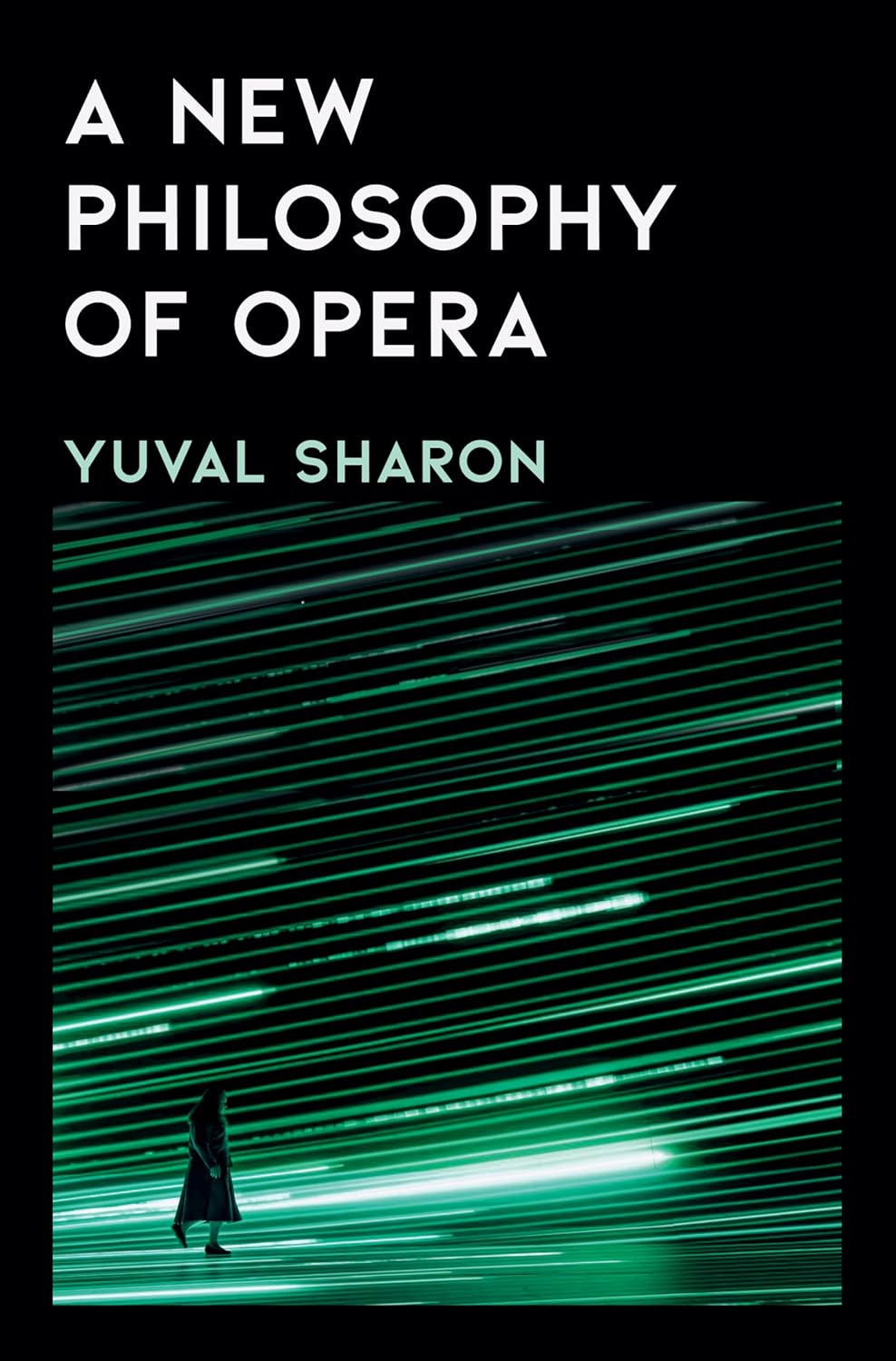Two Art "Deep Dives" for the Intrepid
As an alternative to the realistic and the symbolic, I propose poetic readings [for opera] as the most rewarding path…Unlike most narrative fiction, poetry possesses a natural aptitude for ambiguity; it’s looser, more associative, and more interested in poetical meanings that arise from familiar words being used in unfamiliar ways…Narrative fiction is inclined to adhere closer to the experience of a chronicle, and opera, in the era of cinema and realistic theater, now tends to that experience as well. But opera, born of actual poetry (the libretto), truly achieves its power when considered poetically.
-Yuval Sharon, A New Philosophy of Opera
One of the most provocative thinkers in the opera world today is director Yuval Sharon, and his new book shares with us his ideas about what works wonders on the operatic stage and what simply doesn’t work at all. To the latter category, Sharon assigns those opera productions which hew too closely to stodgy old traditions, including the idea that the stage picture and action should reflect the opera’s story in time, place, and action. Instead, Sharon trusts in the overall ambiguity of opera. Since it’s often challenging to make narrative sense of an opera’s libretto, Sharon encourages singers, directors, conductors, and designers to emulate poetry (see the quote that led off this article) and dazzle the senses while shedding light on the opera’s essential truth, not its narrative spine.
The end result is a philosophy which might speak to those among you who shun opera because you a.) don’t get it; or b.) feel intimidated by opera’s partisans. I’ll share a brief video clip of Sharon’s production of Mozart’s Magic Flute and then a deep dive into a world-premiere presentation of Hopscotch, a mobile opera for 24 cars. (What?)
Sharon’s book includes an extensive case study of that production of The Magic Flute which, paradoxically, makes sense of his vision while not directing his audience to a single way of making sense of the performance.
As for Hopscotch, if you know the Julio Cortazar novel, you’re aware of the fact that you can read it in a traditional order, in an alternate order indicated by the author, or in random order. Hopscotch, the opera, works similarly. Audience members in small groups enter into automobiles in a random order. In each car, they experience a 10-minute scene from the opera, sometimes by the wayside, sometimes via the presence of singers and/or musicians in the car.
Sharon and his team at the experimental opera company The Industry turned Los Angeles upside down to put on Hopscotch, and it’s likely no one else will ever stage it, but thankfully, Sharon captured much of the allure of the production in an extensive website that.among other features, includes all 36 chapters of the opera (10 of which are animated, by 10 different animators…did I mention that the music is by six different composers?), which you can watch in order, or randomly. Here’s a link to the site. In the interest of adventure, discovery, and serendipity, I won’t direct you to the pages within the site where you can watch the chapters in order or see a 20-minute distillation of the entire opera:
Hopscotch: A Mobile Opera for 24 Cars:
I’m about a fourth of the way through Adam Moss’s The Work of Art, featuring 43 interviews with creative artists about the process of creation. Moss acknowledges in his introduction that he hopes readers will encounter artists or works new to them and begin exploring. To give you an idea of the breath of his interests and the book’s subjects, the first 13 interviews include a sculptor, playwright, cartoonist, novelist, singer-songwriter, film director, photographer, theater composer, poet, classical composer, visual artist, record producer, and choreographer. Some of them are all-time favorites of mine (Tony Kushner, Michael Cunningham, Stephen Sondheim, Louise Gluck), so I trust Moss’s taste for sure.
I’ll share two resources, for those who want to know more. First is a video of a book talk with Moss and Michael Cunningham:
The second resource is a YouTube playlist I’ve curated that currently is 13 videos long, one for each of the artists I’ve encountered so far in the book. The videos range from a straightforward presentation of the artwork Moss discusses to interviews with the artists, podcasts, lectures, and more. I’ll be adding to this playlist as I continue to work my way through the book so feel free to visit it again. Here’s a link to the playlist:
The Work of Art - Adam Moss - Playlist
You’re sure to find something of interest.



